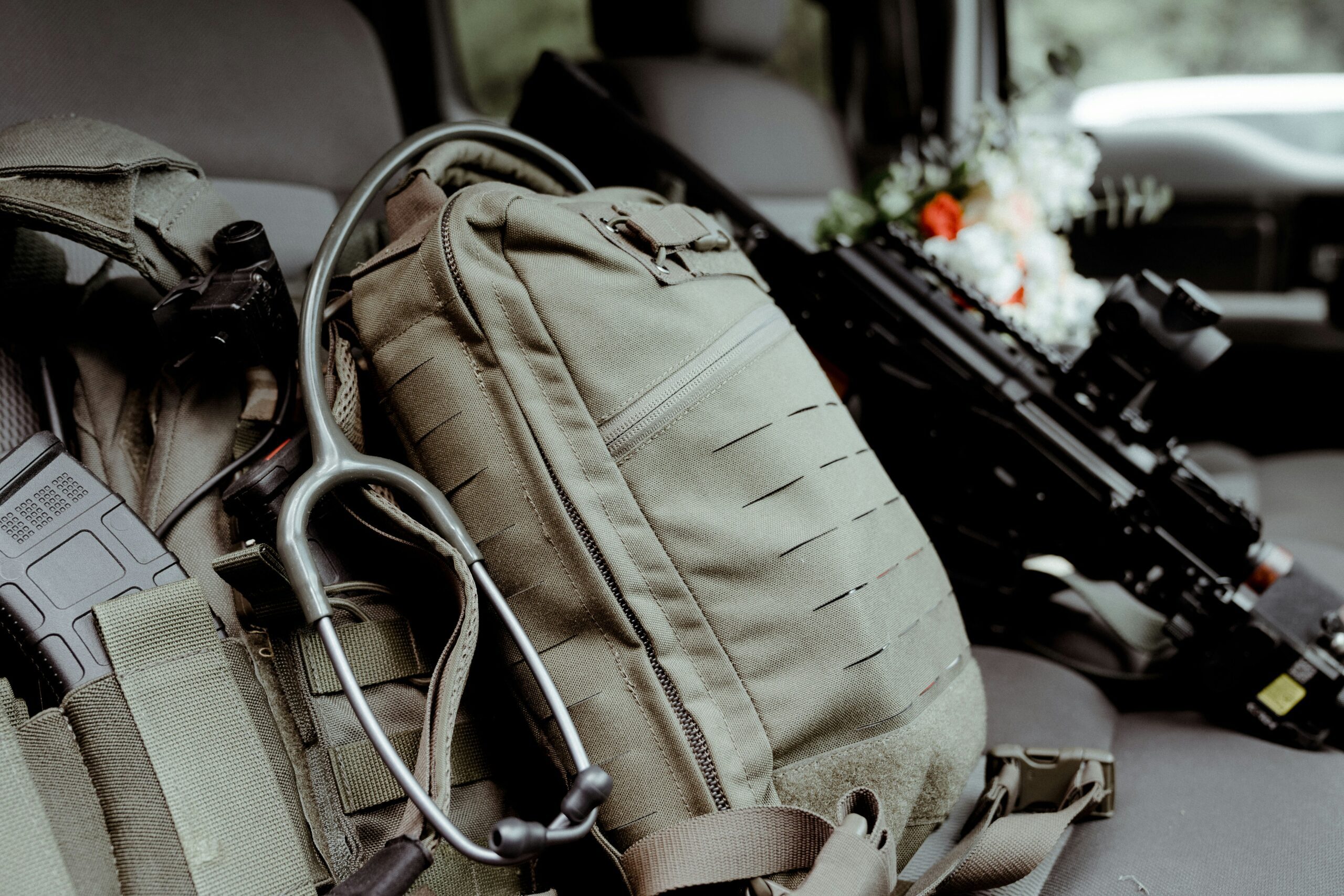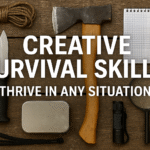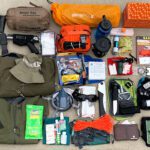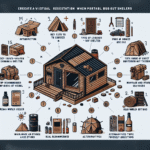Bug Out Bag Essentials:
While the specific items in your “bug out bag” will vary depending on your location, climate, and personal needs, here’s a general list of essentials to get you started:
Tarp or emergency shelter: Provides protection from the elements.
Sleeping bag or blanket: For warmth and insulation.
Tent (optional): For extended stays or harsh environments.
Water:
Water purification tablets or filter: Treats unsafe water for drinking.
Water bottles or hydration bladder: Carry at least 3 liters of water per person.
Water storage containers: For collecting and storing additional water.
Food:
Non-perishable food bars or energy bars: High-calorie, easy-to-eat options.
Dried fruits and nuts: Provide nutrients and energy.
Canned goods or pouches: Offer variety and longer shelf life.
Manual can opener (if needed).
Navigation:
Map and compass: Navigate even without GPS.
GPS device (optional): Back up option with offline maps.
First-aid:
First-aid kit: Address basic injuries and illnesses.
Medications: Include any personal prescriptions.
Pain relievers and anti-diarrheal medication: Common needs.
Hygiene:
Toilet paper and personal wipes: Maintain sanitation.
Hand sanitizer: Clean hands without soap and water.
Trash bags: Dispose of waste properly.
Tools:
Multi-tool: Provides various functions like pliers, screwdrivers, and can opener.
Knife: Essential for cutting, prepping food, and other tasks.
Duct tape: Fix gear and shelter leaks.
Other:
Flashlight and extra batteries: Provide light in darkness.
Headlamp (optional): Hands-free lighting.
Fire starter: Start fires for warmth and cooking.
Emergency whistle: Signal for help.
Cell phone charger (optional): Stay connected if possible.
Cash and important documents: Secure valuables.
Personal items: Include comfort items like a book, deck of cards, etc.
Remember:
Tailor your bag to your needs: Consider your location, climate, and any personal medical conditions.
Rotate and replace items: Ensure everything stays fresh and functional.
Practice using your gear: Familiarize yourself with everything in your bag.
Test and adjust: Regularly assess your bag and make changes as needed.
Additional Resources:
Ready.gov: https://www.ready.gov/
FEMA: https://www.fema.gov/
American Red Cross: https://www.redcross.org/







